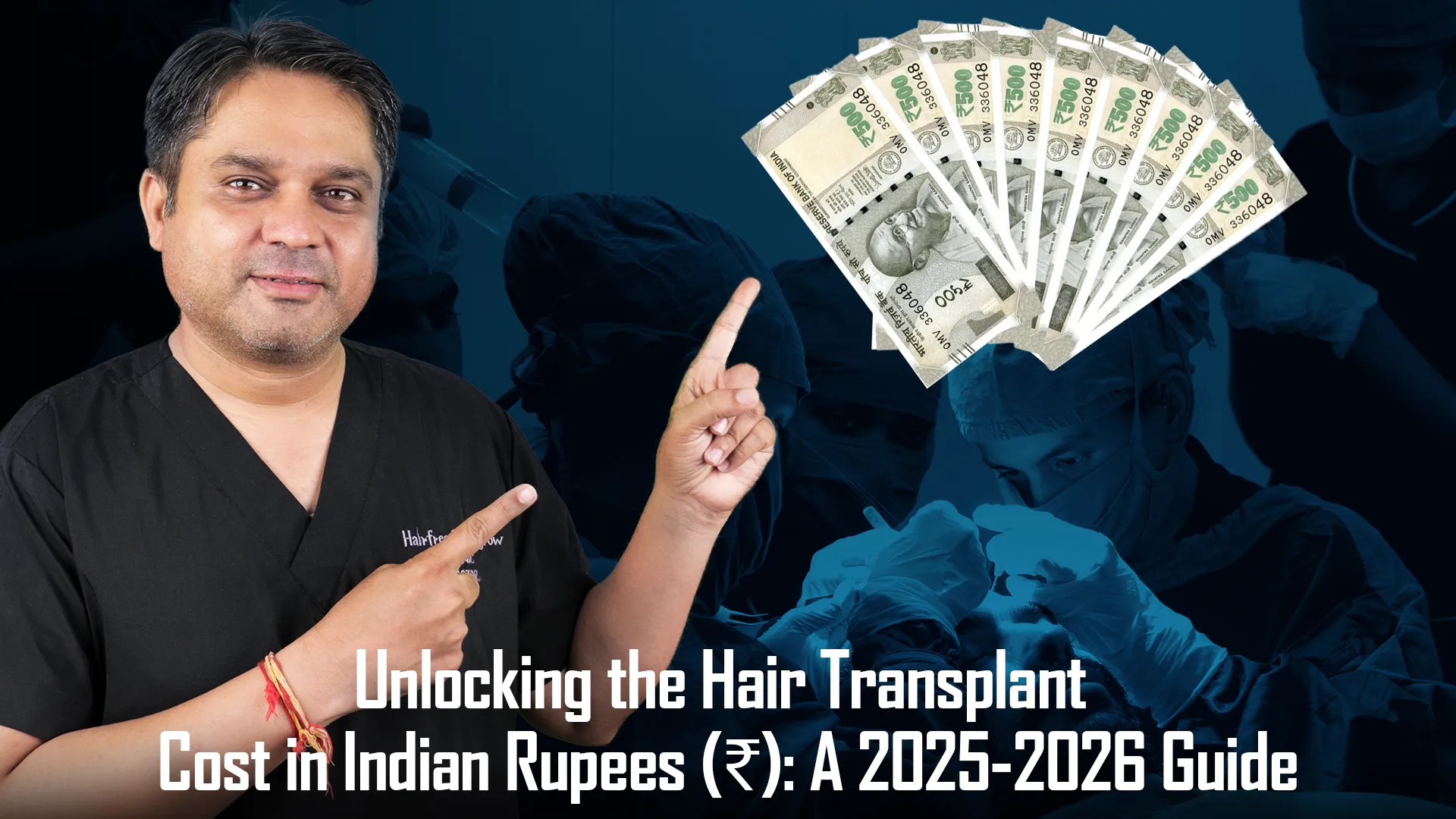Malassezia folliculitis, often mistaken for acne, is a skin condition caused by an overgrowth of yeast called Malassezia. This yeast normally lives on everyone’s skin, but under certain conditions, it can multiply and invade hair follicles, leading to inflammation and pimples.
What is Malassezia Folliculitis?
Malassezia folliculitis, also called Pityrosporum folliculitis, is a skin issue that looks like breakouts. It happens when a type of yeast called Malassezia, which normally lives on your skin, infects your hair follicles.
People with this problem might mistake it for regular acne. But here’s the key difference: Pityrosporum folliculitis doesn’t have the typical whiteheads or blackheads you see in acne. It’s also often really itchy, unlike acne.
If you have this issue, you might also notice dandruff, which is linked to the same yeast. Luckily, both problems are treated in a similar way, using antifungal medications and sometimes a special shampoo like ketoconazole 2 percent.
So, if you’re dealing with itchy breakouts that aren’t quite like regular acne, it could be Malassezia folliculitis. In that case, antifungals and a good medicated shampoo might be the solution for you!
What Are the Symptoms of Malassezia Folliculitis?
Malassezia folliculitis is typically found on the upper trunk, which is:
Itchy Red Bumps
One of the hallmark symptoms is the presence of itchy, red bumps on the skin, resembling traditional acne but with a distinct texture.
Pustules and Pimples
Pustules and pimples, often containing a yellowish fluid, are common manifestations of Malassezia Folliculitis.
Recurrent Outbreaks
Unlike typical acne, Malassezia Folliculitis tends to recur, and conventional acne treatments may not provide long-term relief.
It tends to happen in areas where your skin is oilier. When you have this condition, you may notice small itchy bumps called pustules on your skin in those affected areas. These pustules are centered around hair follicles. So, if you’re experiencing itchy, bumpy skin in these specific areas, it could be a sign of pityrosporum folliculitis.
What Causes Malassezia Folliculitis?
Malassezia folliculitis happens when too much of a yeast called Malassezia grows in your hair follicles, which are like tiny pockets in your skin where hair grows. This yeast is naturally present on your skin, but when it multiplies too much, it can cause problems.
Certain things can make it more likely for this to happen. Using certain antibiotics on your skin or taking them by mouth can be one reason. Also, if your immune system is not working as well as it should (we call this immunosuppression), that can make you more prone to this issue.
How Do You Treat Malassezia Folliculitis?
When it comes to treating Malassezia folliculitis, here are some ways you can approach it:
1. Home Remedies
- To relieve itching, apply a warm compress on the affected area. Soak a hand towel in warm water, squeeze out excess water, and place it on the itchy bumps for relief.
2. Medical Treatments
- Your doctor may prescribe antifungal medications like fluconazole, known for effectively fighting yeasts causing the infection.
- Oral antifungal medication is a quick and effective treatment for Malassezia folliculitis.
- Laser treatment for hair follicles is an option to prevent inflammation.
3. Over The Counter Treatments
- Medicated shampoo can be used for scalp or beard folliculitis. Apply the shampoo on affected skin areas.
- Shampoos with selenium sulfide have been proven effective against Malassezia folliculitis.
The Difference Between Folliculitis and Acne
Folliculitis and acne both make your skin red and bumpy, but there’s a key difference. With folliculitis, the bumps can be itchy, and it might go deeper into your hair follicles. Acne, on the other hand, is mostly about clogged pores and too much oil, and it’s common, especially on oily parts like your face.
While acne likes oily spots, folliculitis doesn’t care and can pop up anywhere. Also, folliculitis isn’t just about one fungus; it could be caused by bacteria or viruses too. This makes it look a lot like acne, so it’s smart to check with a doctor to be sure.
So, in a nutshell, if it’s red and bumpy and itches, it might be folliculitis. If it’s more about oil and clogged pores on your face, it’s likely acne. Always good to get a pro’s opinion!
When to Consult a Doctor?
If you’re dealing with irritation that lasts more than two weeks or if it’s getting worse, it’s a good idea to see a doctor. If an infection keeps spreading or coming back, it’s time to schedule a doctor’s appointment.
Also, if you have symptoms of Malassezia folliculitis and a fever over 101°F, or if the infected area is very painful, red, swollen, or warm, it’s important to consult a doctor.
In simple terms, if things aren’t improving or if they’re getting worse, it’s time to seek expert help. If you’re unsure, it’s always better to consult a doctor for advice.
Written By
MBBS, DDV
Dr. Shridevi Lakhe is a renowned dermatologist specializing in Malassezia Folliculitis. With extensive expertise in diagnosing and treating this skin condition, she helps patients understand its causes, symptoms, and effective treatments for healthier skin and scalp.
Disclaimer
We’ve made all possible efforts to ensure that the information provided here is accurate, up-to-date and complete, however, it should not be treated as a substitute for professional medical advice, diagnosis or treatment. See Detailed Disclaimers Here.





